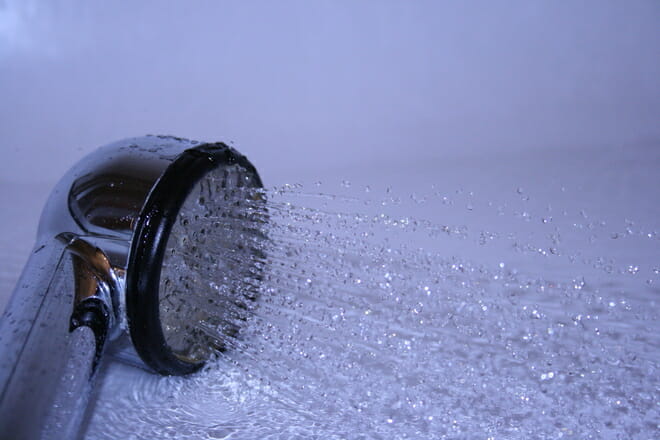Most of us have experienced that shocking moment when we are enjoying a shower and someone in the household flushes a
toilet. That sudden blast of icy cold or hot water brings us back to reality, and many of us end up jumping out of the shower altogether. So, why does this happen? Here we will explore this common plumbing problem and how it can be avoided.
Why It Happens?
Water temperature is achieved with a mix of hot and cold water. These are combined in different proportions to achieve the desired temperature. The most common plumbing pipe configuration is a trunk and branch plumbing system. The trunk or larger pipe runs through the house with branches or smaller pipes feeding off into different rooms and fixtures. When a branch is used, this means that there is less available water for the remaining branches. This means that when a toilet is flushed, which uses cold water only, there is less available cold water to mix with hot water and it causes a temperature difference in the shower.
Toilet flushing is not the only cause. The washing machine could kick into its rinse cycle or maybe someone just gets a drink from the kitchen faucet. Your system could be not fully pressurized, debris is caught inside the inlet of the cartridge or escutcheon is not engaging with the plastic valve driver. Whatever the source, the cause is the same — increased demand on the house water supply drops the pressure in the system. The problem can be exacerbated in an older house where corrosion in galvanized piping further restricts the flow of water in the pipes.
Potential Solutions
There are a number of potential solutions to avoid this scenario. The simplest is to install a mixing valve to better control the water temperature fluctuations in your shower. This valve means that if a toilet is flushed, the valve will balance the hot water amounts to keep the temperature even. The valve needs to be carefully calibrated to ensure that you don’t get an icy blast of water if a toilet is flushed.
Whether there is an easy solution depends on the type of shower control valve you have. If you have a single-control valve, the fix can be easy – it is a matter of changing a cartridge inside the valve.
Plumbing issues are rarely an isolated incident and can often be a symptom of an underlying problem. If you are struggling with temperature variations or water pressure issues, it is a good idea to have your system checked by an experienced and
professional plumber. Your plumber will be able to determine if the issues are caused by damaged or blocked pipes or if you need more extensive work to correct the problem and allow you to enjoy your shower without that shock of hot or cold water when someone flushes.
By Giovanni Longo President Flood Brothers Plumbing
Giovanni Longo is a 3rd generation master plumber who has been practicing his craft and trade in the greater Los Angeles area for well over a decade and a half. A plumbing and hydraulics-engineering innovator, Giovanni’s particular world-class expertise focuses on dealing with challenging sewer system designs as well as resolving complex commercial and residential draining issues. As a certified Flood Mitigation expert, he is also well versed in a wide variety of water damage and remediation solutions.





